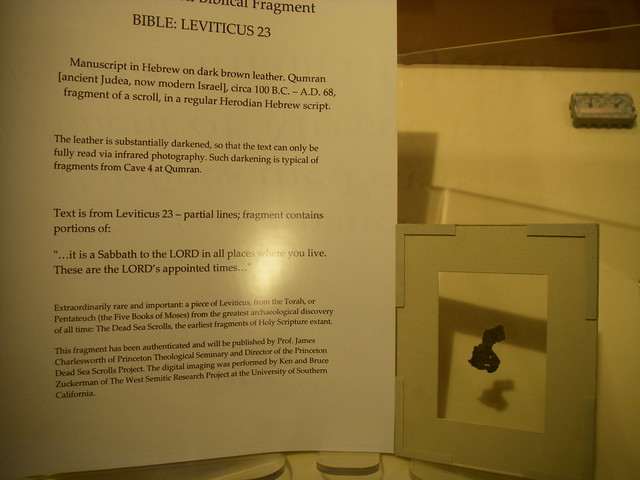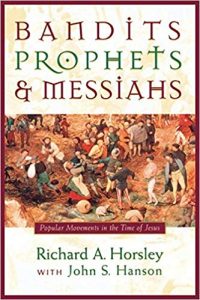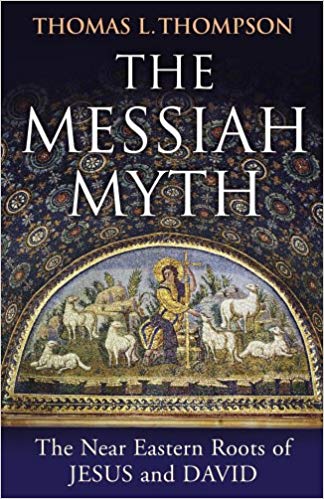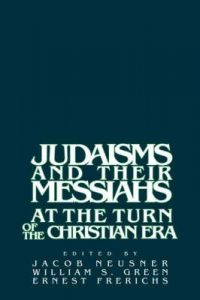The previous three posts in this series covered section one of P. L. Couchoud’s The Creation of Christ: An Outline of the Beginnings of Christianity that was headed The Apocalypses (168 B.C. – A. D. 40):
- Pre-Christian Foundations
- John the Baptist and the Foundation of Christianity
- First Signs of Christianity
These posts covered the first seven chapters and the foreword.
The next section is headed The Prophets (A.D. 40 — A. D. 130). The chapters here are titled:
- The Swarming of the Prophets (an introduction to the remainder of the section)
- Divisions
- Struggles and Sufferings of St. Paul
- The Crucified God
- The Sacrificed Lamb
Following this Couchoud addresses the development of the Gospels, and it was in the midst of that section that I began this series of posts. It is interesting to look at how Couchoud imagined Christian origins, but it is only an overview leaving many details tantalizingly unexplained in the depth some of us would like. The subtitle does say “an outline” after all. I have my own questions and disagreements with aspects of Couchoud’s arguments and others have commented with their own on this blog. That does not detract from much that is of interest in his views, and I try to keep many of my own thoughts to myself as I outline Couchoud’s outline.
The Swarming of the Prophets
This is an introduction to the remainder of the section covering the period from 40 to 130 c.e. All the quotations are from pages 39 to 41 and all bold type, emphasis etc is mine.
The theme of this chapter is the origin of the key concepts “gospel” and “church assemblies, the makeup of those early churches and the nature and results of the zealous expectation of the end of the age. Continue reading “The Swarming of the Prophets (A.D. 40 — A.D. 130) — Couchoud contd.”








 The answer is, I think, no. In this post I quote a few sections from Professor
The answer is, I think, no. In this post I quote a few sections from Professor 

